The process of heat treating this 18-tooth single speed flywheel to improve its hardness and durability mainly includes the following key steps:
Material selection: First, choose a material suitable for heat treatment, usually alloy steel or carbon steel, because these materials can significantly change their physical and mechanical properties during heat treatment.
Heating: Place the flywheel in a special furnace and heat it to the appropriate temperature, which is usually higher than the critical temperature of the material. The purpose of heating is to change the metal structure inside the flywheel so that the required performance can be achieved during the subsequent cooling process. For the high-quality alloy steel commonly used in flywheel ring gears, the heat treatment temperature is generally controlled between 860 and 920°C.
Insulation: After reaching the required temperature, the flywheel needs to be insulated for a certain period of time. The purpose of thermal insulation is to fully homogenize the internal structure of the flywheel and eliminate stress that may occur during the cooling process. The length of holding time depends on the size and material of the flywheel and usually ranges from minutes to hours.
Cooling: After the heat preservation is completed, the flywheel needs to be cooled quickly. Commonly used cooling methods include water quenching, oil quenching or gas cooling. Quenching is a process of rapidly cooling the flywheel, which is achieved by quickly immersing it in a coolant (such as oil or water), so that the surface of the flywheel quickly solidifies, thereby forming a high-hardness martensite structure. The hardness of the quenched flywheel increases significantly, but the brittleness also increases, so subsequent tempering is required.
Tempering: Heat the quenched flywheel to a certain temperature (for example, the tempering temperature of high-quality alloy steel is between 530 and 680°C), and then slowly cool it. The purpose of tempering is to eliminate the brittleness formed during quenching and improve the toughness of the flywheel while maintaining a certain hardness.
Post-processing: The cooled flywheel may require post-processing, such as removing residual stress and the resulting oxide layer from the surface. Post-processing can be performed through processes such as annealing, grinding and polishing to improve the surface quality and dimensional accuracy of the flywheel.
Through the above heat treatment process, the 18-tooth single speed flywheel can improve its wear resistance and toughness while maintaining a certain hardness, thereby coping with the pressure and wear during riding and extending its service life.
How is this 18-tooth single speed flywheel heat-treated to increase its hardness and durability?
Product Consultation
Search
Categories
Recent Posts
If you have any questions, please fill out the contact form at the bottom of the page and contact us.
-
 Mini Rear Hub Small Motor
Mini Rear Hub Small Motor
-
 2x9S Bicycle Trigger Shifter
2x9S Bicycle Trigger Shifter
-
 2x8S Bicycle Trigger Shifter
2x8S Bicycle Trigger Shifter
-
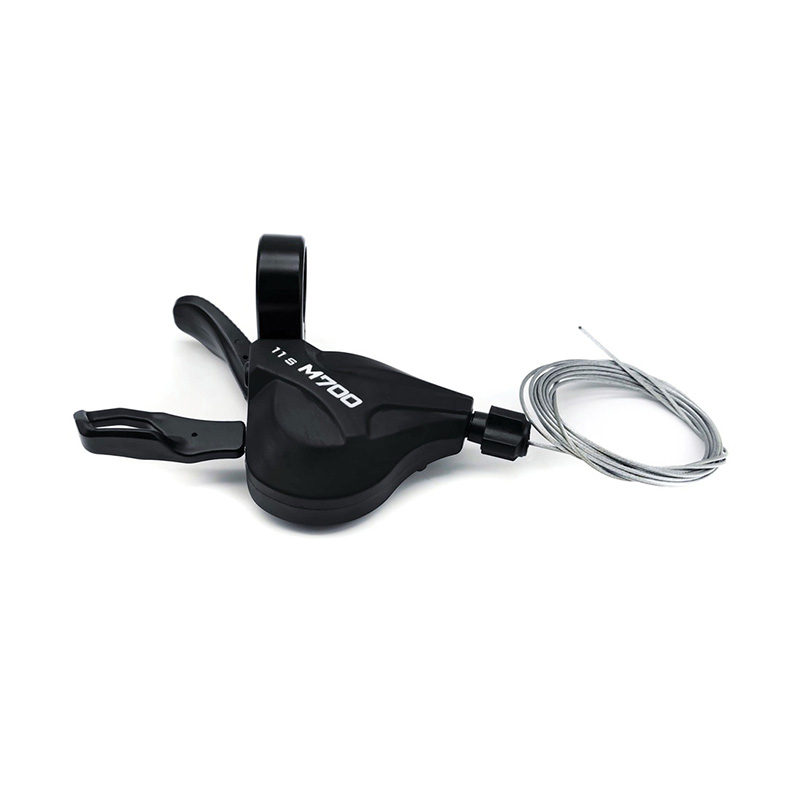 1x11S Bicycle Trigger Shifter
1x11S Bicycle Trigger Shifter
-
 3x8S Bicycle Trigger Shifter With Brake Lever
3x8S Bicycle Trigger Shifter With Brake Lever
-
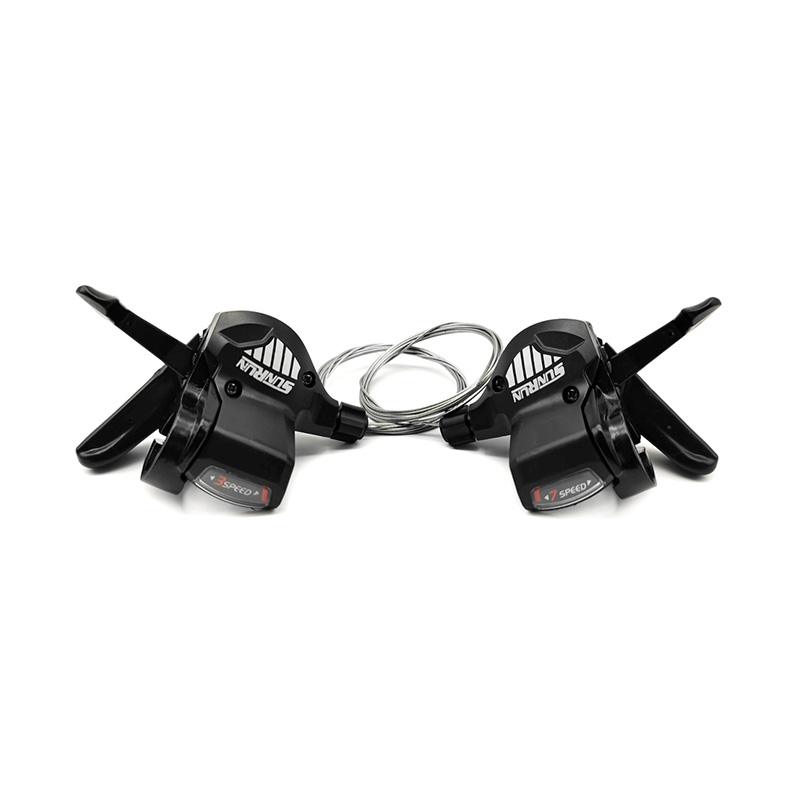 3x7S Bicycle Trigger Shifter
3x7S Bicycle Trigger Shifter
-
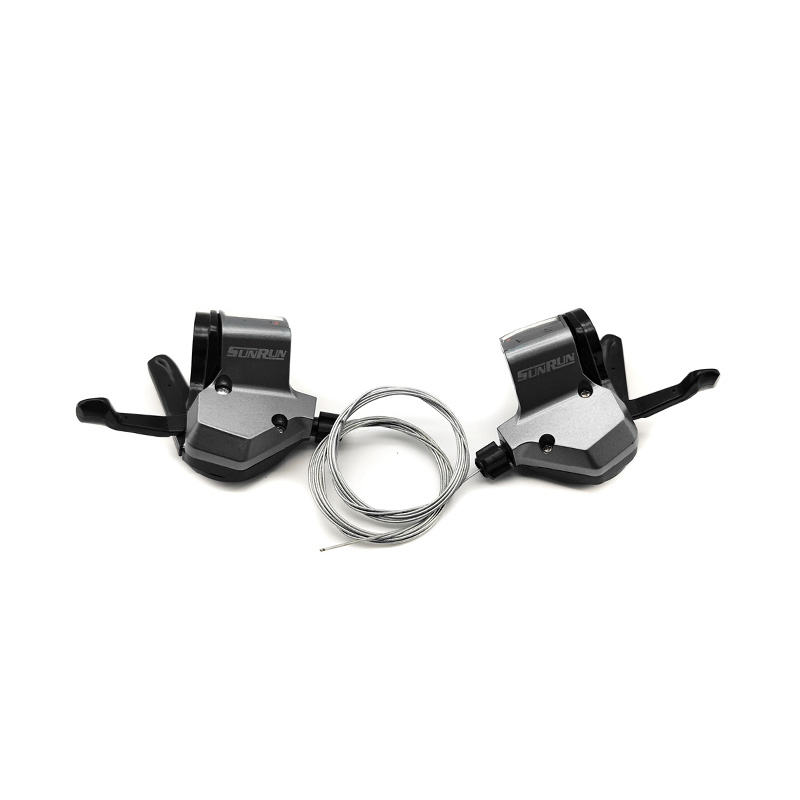 3x9S Bicycle Trigger Shifter
3x9S Bicycle Trigger Shifter
-
 3x7S Bicycle Trigger Shifter
3x7S Bicycle Trigger Shifter
-
 3x7S Bicycle Trigger Shifter With Brake Lever
3x7S Bicycle Trigger Shifter With Brake Lever
-
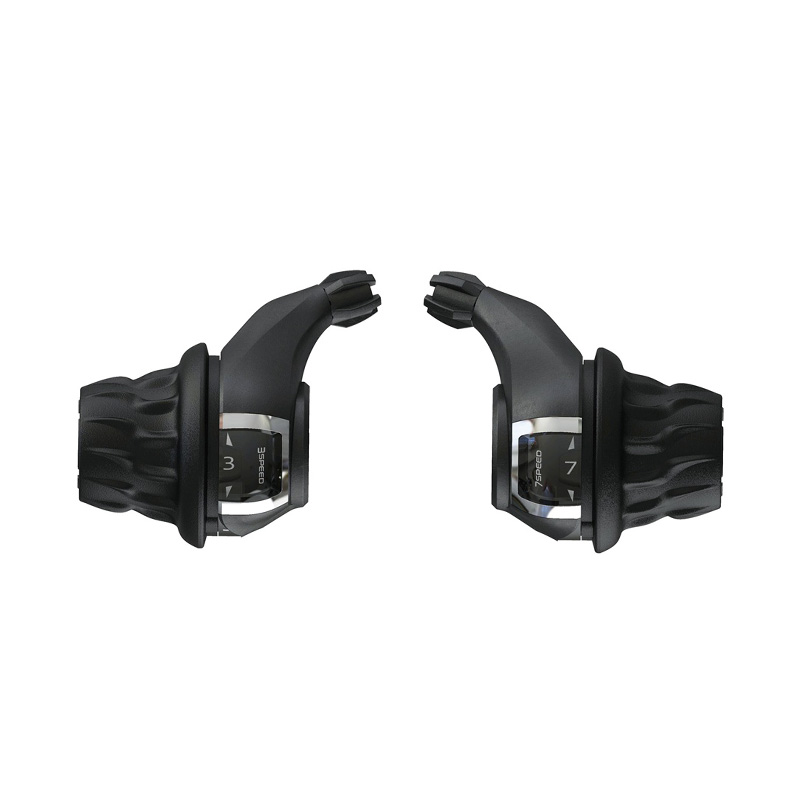 3x7S Bicycle Twist Shifter
3x7S Bicycle Twist Shifter
-
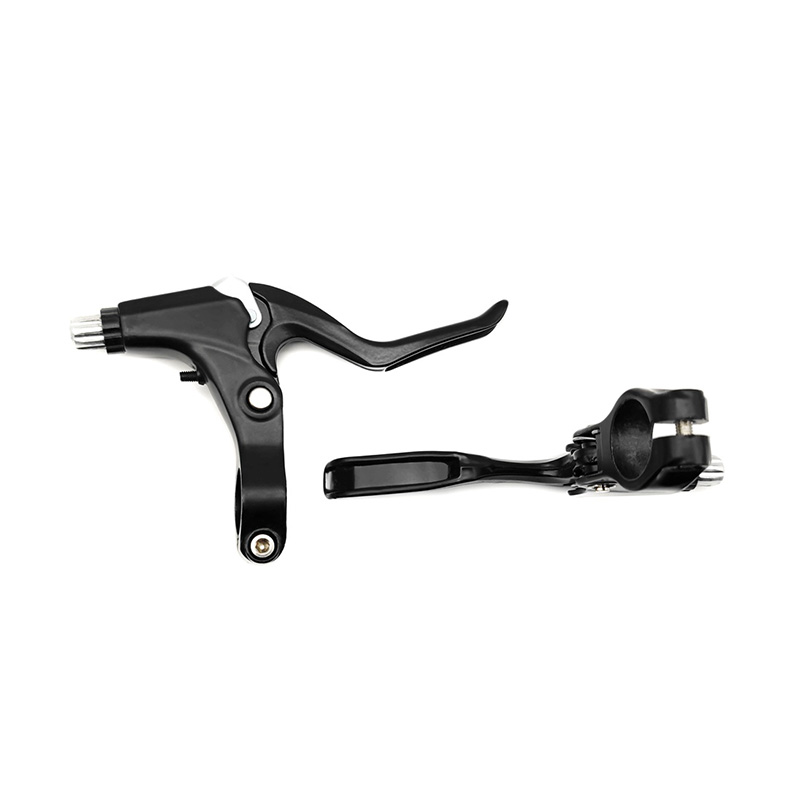 2-3 Fingers Full Alloy Bicyle Brake Lever
2-3 Fingers Full Alloy Bicyle Brake Lever
-
 2-3 Fingers Nylon-Composite with Steel Insertion Bicyle Brake Lever with Alloy Lever
2-3 Fingers Nylon-Composite with Steel Insertion Bicyle Brake Lever with Alloy Lever

 中文简体
中文简体 English
English

